The University of Maine Advanced Structures and Composites Center (ASCC) created the world’s first 3D-printed home built completely from bio-based materials such as – wood flour or fine sawdust, mixed with a binder made from corn. Called the BioHome3D, the home was specially designed to address labor supply chain issues that are raising the costs of homes and reducing the availability of affordable housing.
Designer:
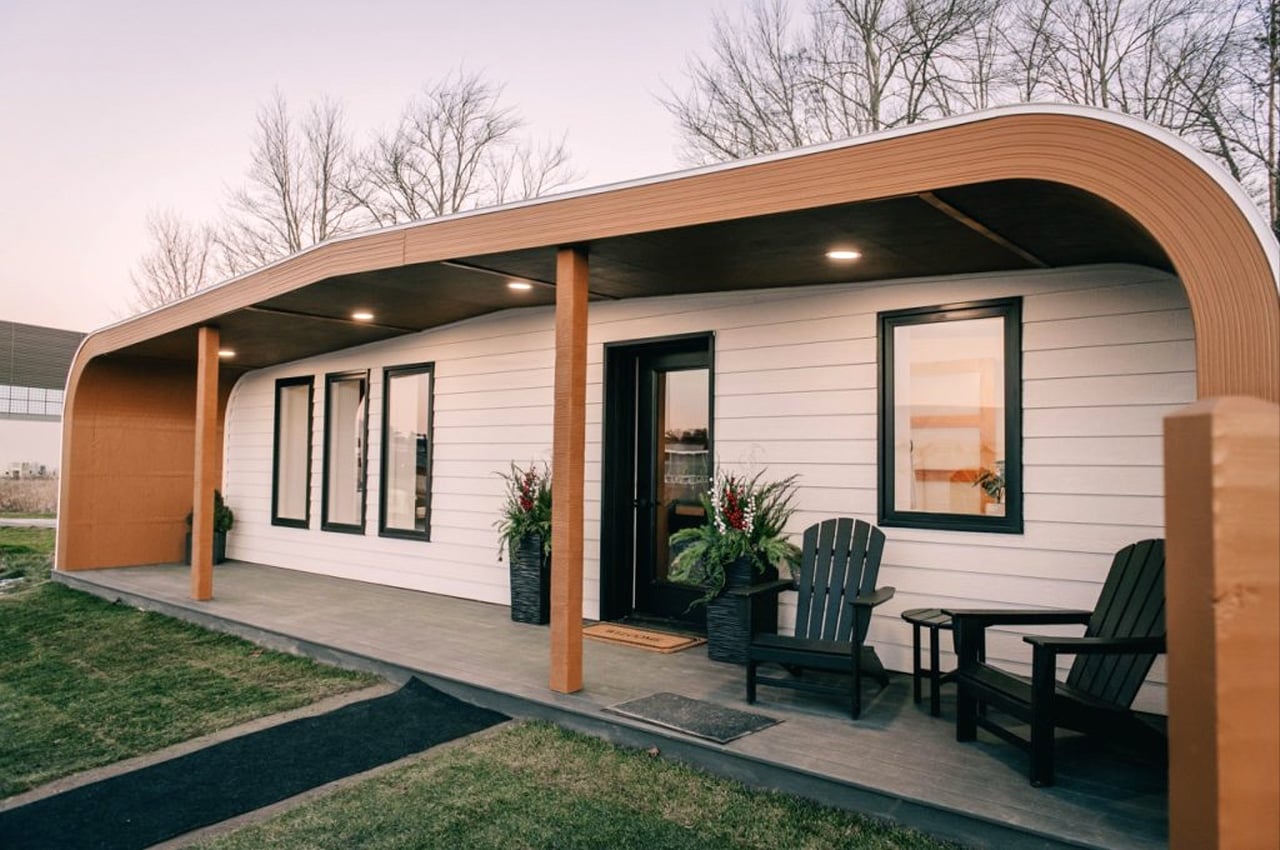
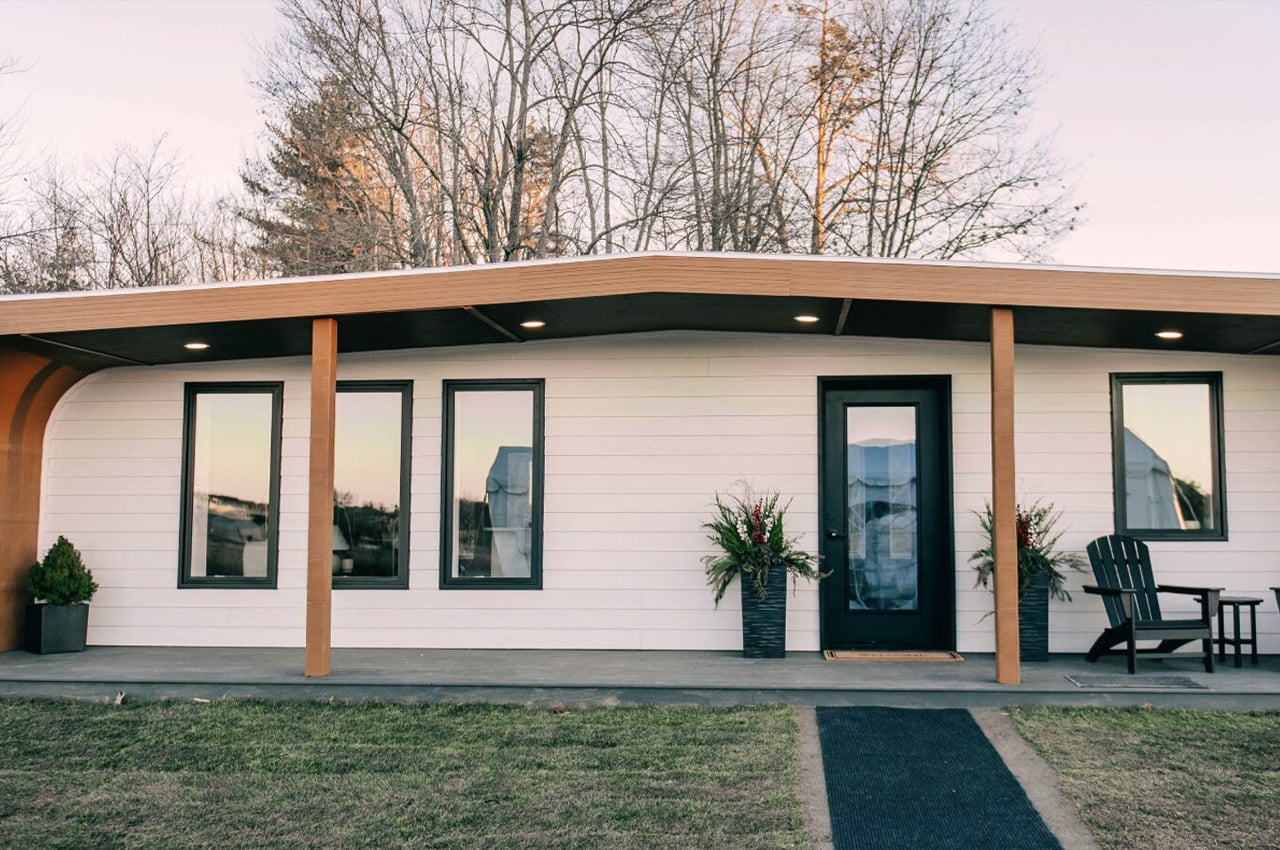
“With its innovative BioHome3D, UMaine’s Advanced Structures and Composites Center is thinking creatively about how we can tackle our housing shortage, strengthen our forest products industry, and deliver people a safe place to live so they can contribute to our economy. While there is still more to be done, this development is a positive step forward,” said Governor Janet Mills of Maine.
Currently, the state of Maine is battling against a fast-growing housing crisis and labor shortages. BioHome3D was created in an effort to provide a solution to these ongoing woes. The wooden home is printed using an industrial polymer printer and is done so precisely that it creates almost zero construction waste. The technology used to build the BioHome3D ensures that the home is primarily manufactured off-site using automation, which leads to less time being needed for off-site3 building and setting up the home. This serves as an excellent solution in tackling against the issue of labor shortage and supply chain.
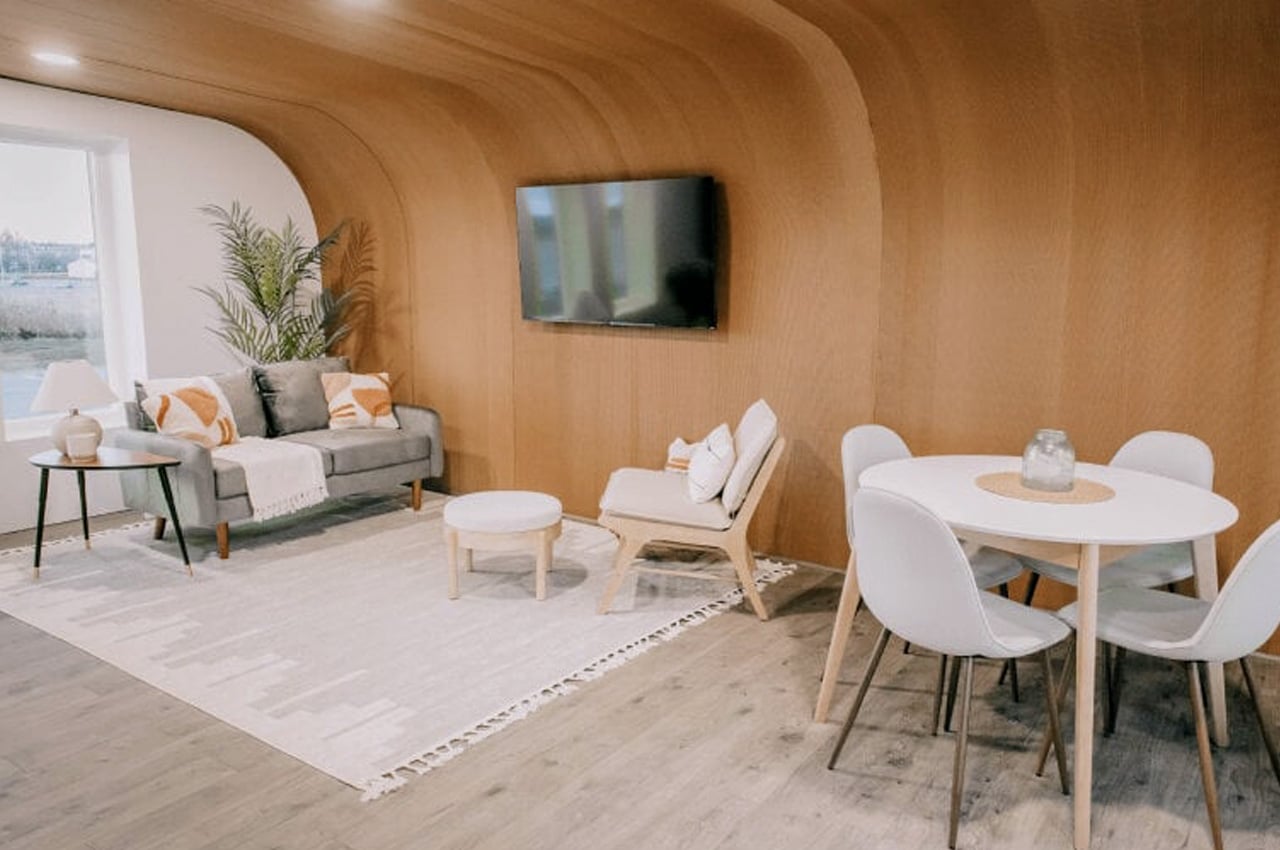
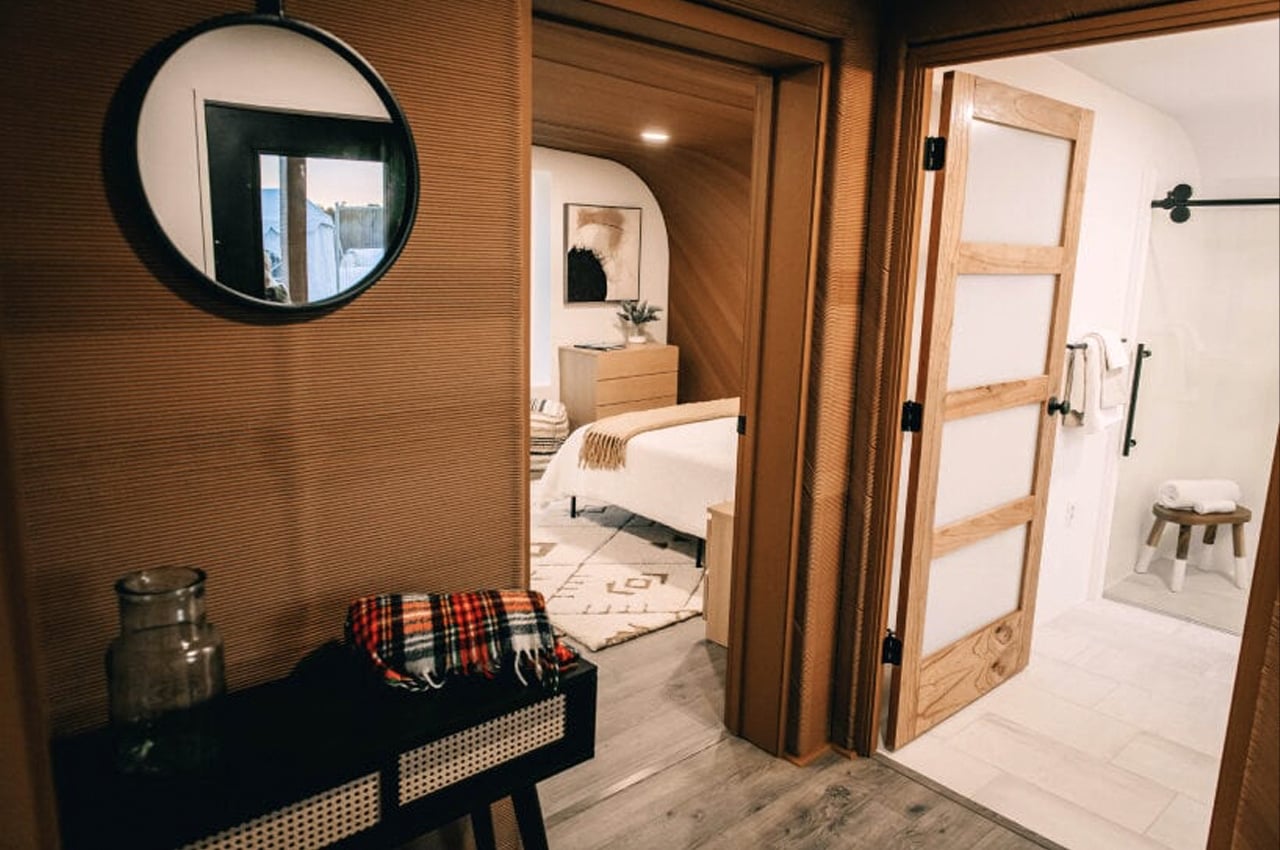
The home occupies 600 square meters and has been equipped with 3D-printed walls, floors, and even roofs. All the elements of the home have been built using wood fibers and bio-resins, making the home 100% recyclable, and highly insulated with 100% wood insulation. Once you enter the home, you’re quite surprised by how warm and inviting it is. Most 3D-printed homes tend to be mechanical, and functional, not that those are bad traits for a home to have. But a house that manages to be both functional, and homely, is something worth appreciating in times when everything seems to be cold and automated.
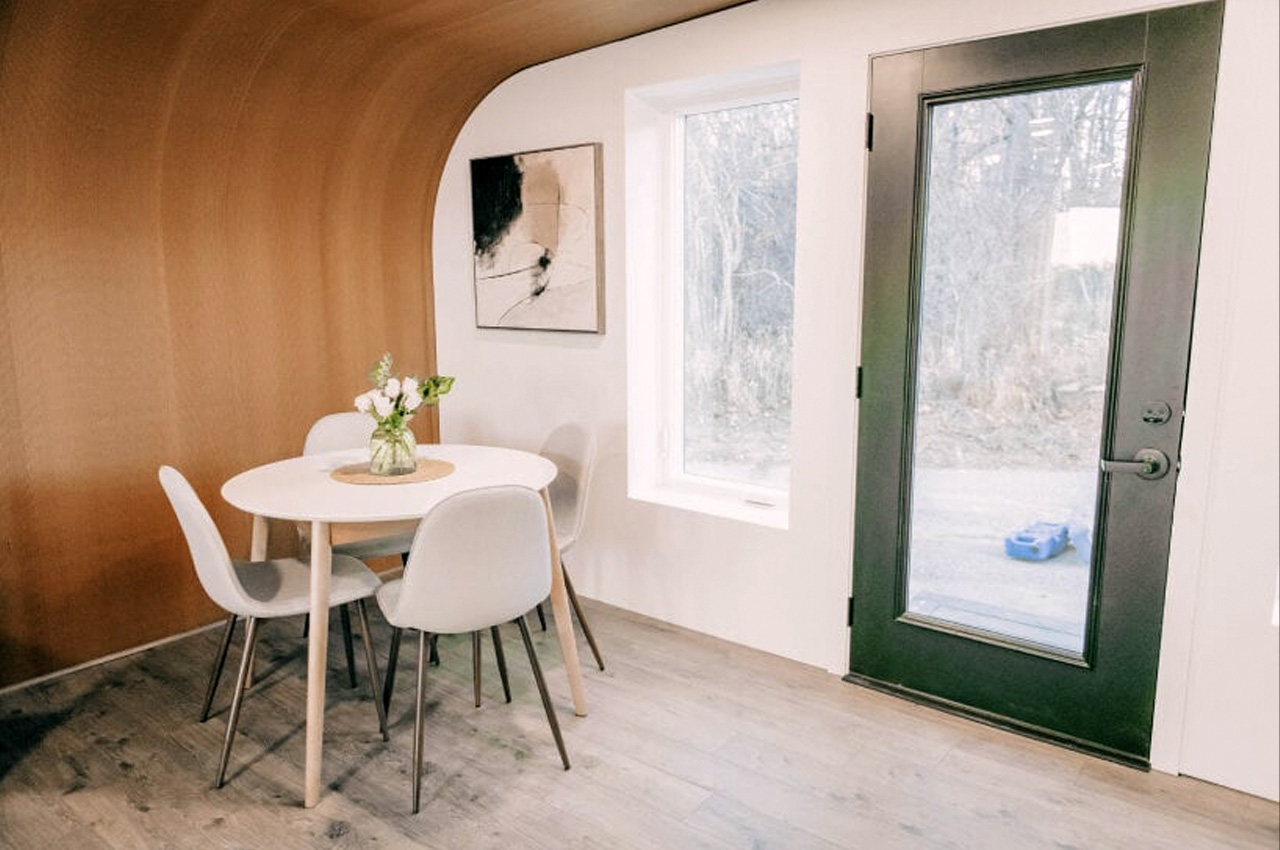
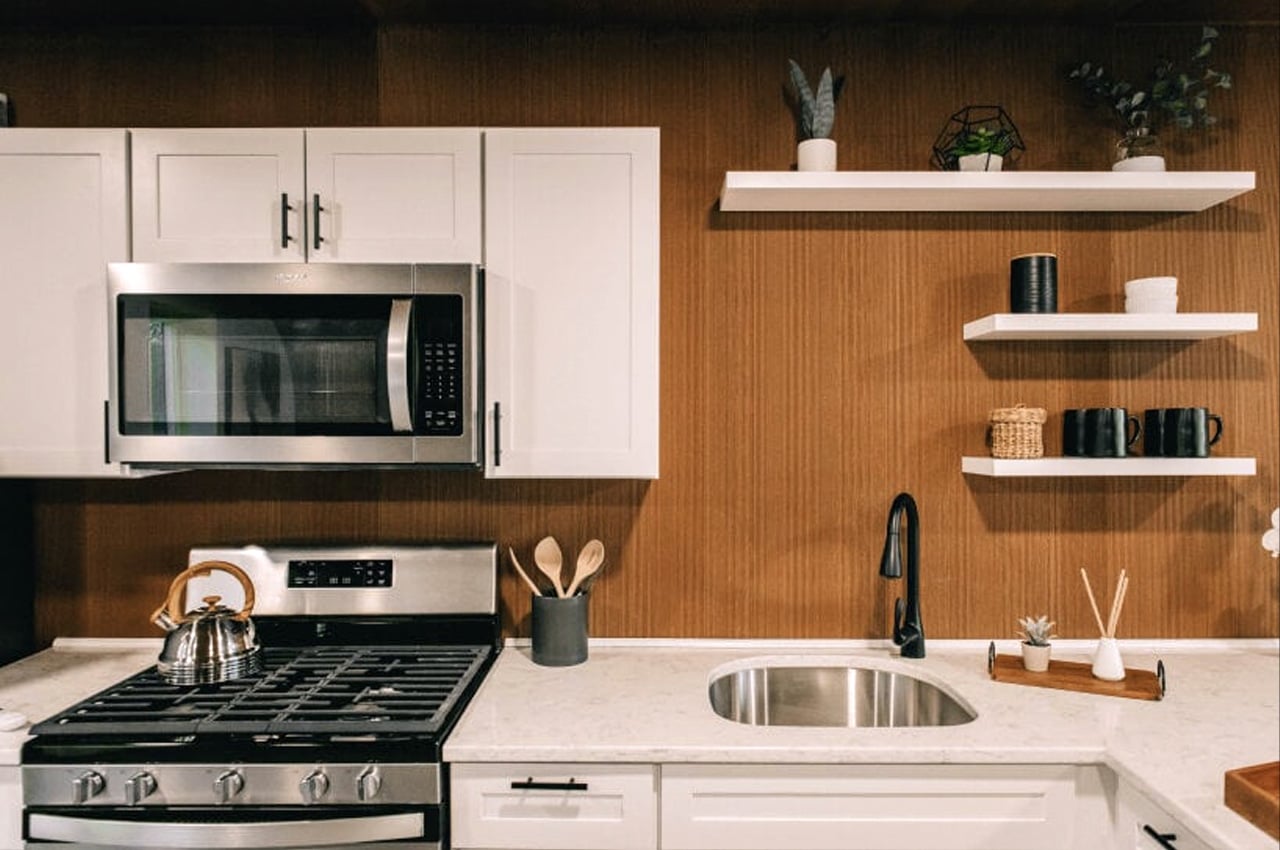
The wooden walls, ceiling, and floor are further accentuated by the earthy colors instilled throughout the home. The walls and the ceiling seem to harmoniously interlink together, creating a sloping curved form, that protects the residents and provides them with a sense of safety and security. The home features a living room, kitchen, bedroom, as well as workspace. The windows in the home are of a limited number, but the home does seem to be well-lighted.
Renewable and locally sourced wood fiber feedstock were used to print the home, with the help of advanced manufacturing techniques and materials that were developed at the university. This, in turn, reduces the dependency on a non-sustainable supply chain, and creates homes that are low-income, and more widely accessible to the general public.
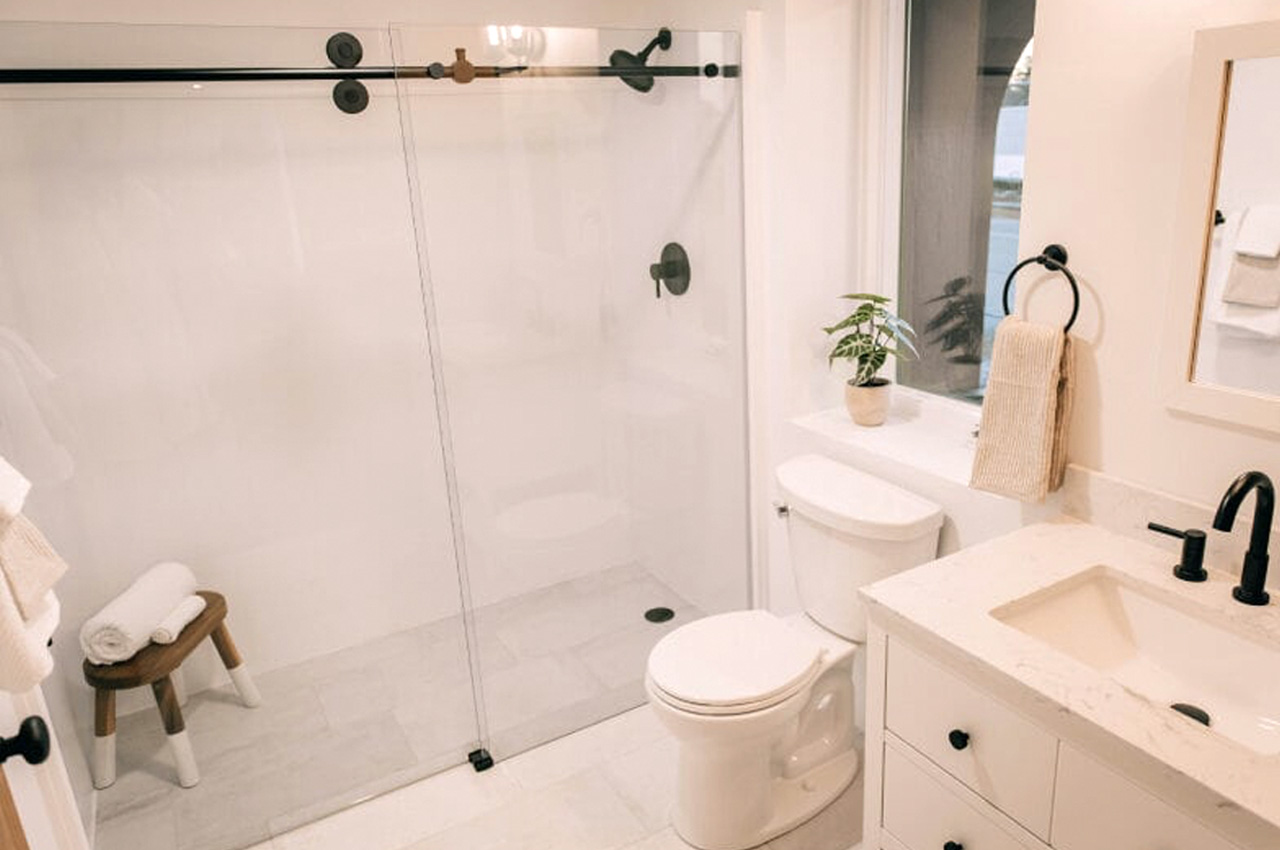
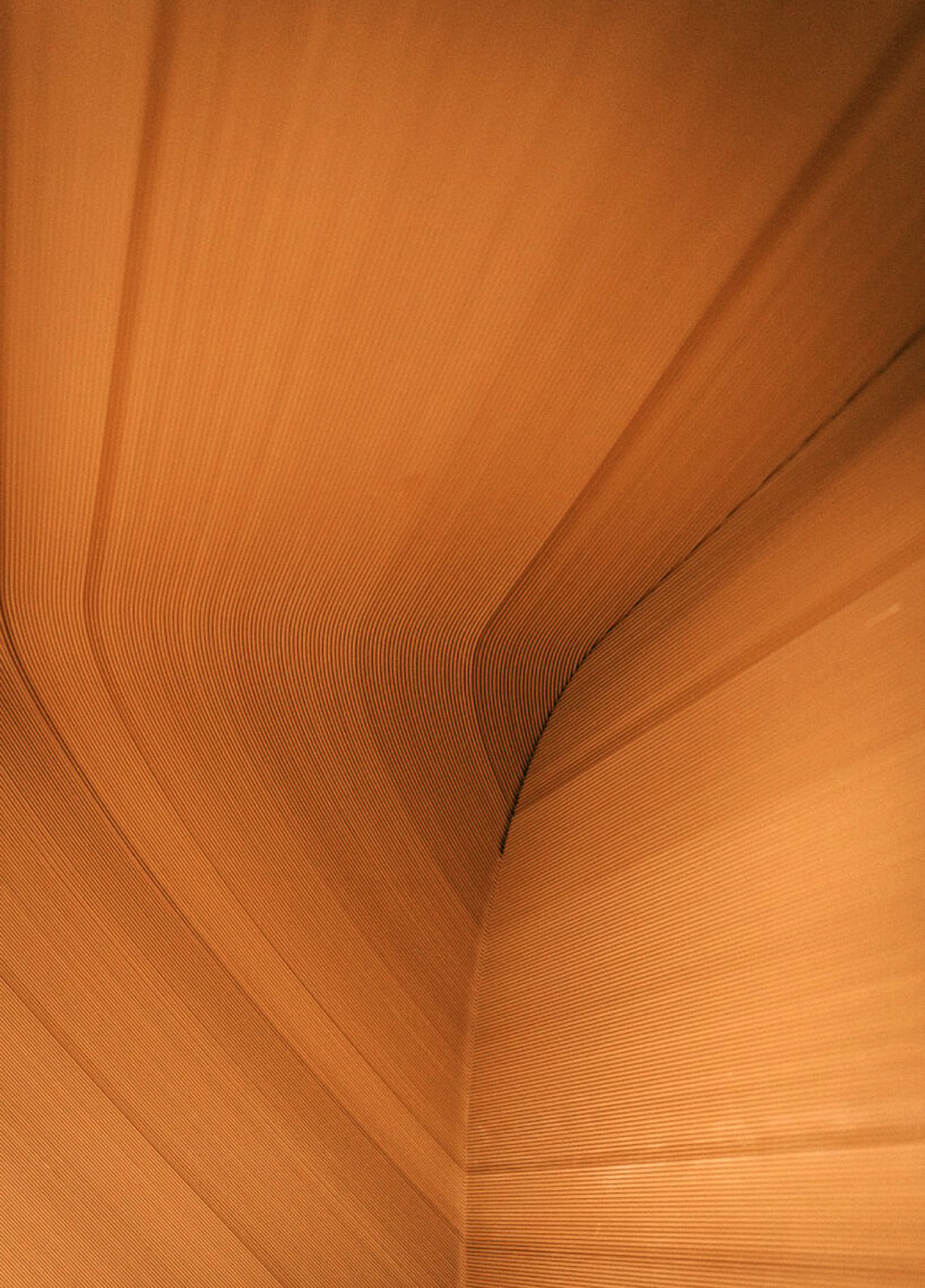
The post first appeared on .